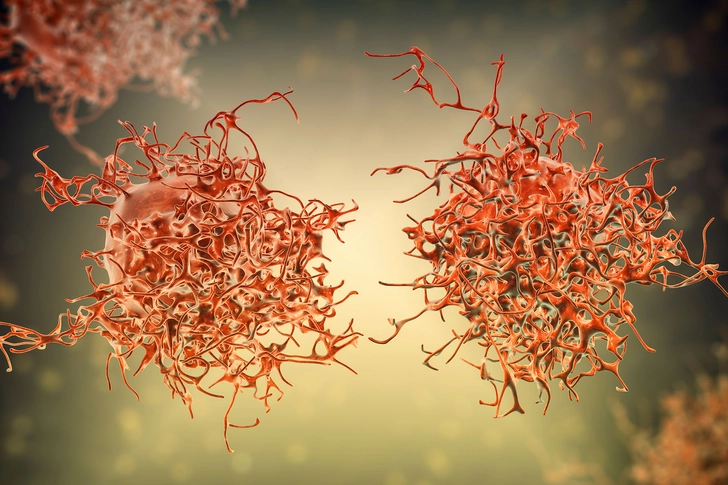Cervical Cancer Treatment Options



Types of Treatment
The main options for treating cervical cancer include surgery (lasers or freezing to destroy tissue, cutting the cancer out, or removing your uterus), radiation therapy with X-rays that kill cancer cells, chemotherapy that kills all rapidly dividing cells, and targeted therapies like immunotherapy, which uses your own immune system to help find and kill cancer cells.

How Well Does Treatment Work?
If your cervical cancer is caught early and hasn’t spread, treatment is typically very successful. Treatment is more involved once your cancer spreads from the cervix to other parts of the body.

Treatment Outcomes
Overall, the five-year survival rate for all cervical cancers is 67%. If you have an early-stage cancer, five-year survival rates can be as high as 91%. Cervical cancer that’s spread to distant organs in the body has a five-year survival rate of 19%.

Choosing a Treatment
When you’re working with your doctor to pick the best treatment for your cervical cancer, you’ll talk through the stage of your cancer, where the cancer is in your cervix, the type of cervical cancer you have, your age, your overall health, and whether you want to have children in the future.

Preserving Your Fertility
If you’re hoping to become pregnant one day, and your cancer is caught at an early enough stage to consider this option, your doctor may do a cone biopsy. This is when sample tissue is removed from your cervix or cervical canal edges to check that you have no cancer cells. You can do a watch-and-wait approach to treatment. If the cells are cancerous, your doctor can discuss other options that don’t involve removing your uterus (hysterectomy).

Potential Treatment Side Effects
A simple hysterectomy can be used to treat certain types or very early cervical cancer. Side effects include not being able to have children, possible bleeding, infection, or damage to your bladder or colon. Cryosurgery (which uses very low temperatures to destroy cancer cells) can also cause a watery brown discharge. Radiation can cause skin irritation, internal irritation, and low blood counts, as well as longer-term effects on bone or vaginal moisture.

Potential Chemotherapy Side Effects
Chemotherapy can have more intense side effects, since it kills any fast-growing cells in your body, not just cancer cells. This affects the lining of your digestive system and hair follicles, among other things. You may have nausea and vomiting, mouth sores, vaginal sores, and hair loss.

Diet During Treatment
If you’re on chemotherapy, bland foods with some protein (cottage cheese, eggs, bagels with peanut butter) can help sustain you when your appetite is low and you have nausea. During radiation therapy, pack in protein for muscle repair, and make sure you’re getting plenty of vitamins and minerals through whole foods: vegetables, fruits, whole grains, and healthy fats.

Clinical Trials
Your doctor can tell you if you qualify for a clinical trial for cervical cancer treatment. These are treatments researchers are still developing. A clinical trial can give you access to new treatments, sometimes at little to no cost.

Follow-Ups
Your cervical cancer may go away for good, or you may get treatment over time to keep it under control as best you can. Either way, your doctor will want to schedule follow-up appointments with tests to monitor your status. These may become less frequent as your cancer stays away.
IMAGES PROVIDED BY:
- DigitalVision/Getty Images
- Science Photo Library/Getty Images
- iStock/Getty Images
- The Image Bank/Getty Images
- E+/Getty Images
- The Image Bank/Getty Images
- iStock/Getty Images
- iStock/Getty Images
- DigitalVision/Getty Images
- Cavan/Getty Images
SOURCES:
American Cancer Society: “Surgery for Cervical Cancer,” “Radiation for Cervical Cancer,” “Chemotherapy for Cervical Cancer,” “Targeted Therapy for Cervical Cancer,” “Immunotherapy for Endometrial Cancer,” “Living as a Cervical Cancer Survivor.”
Cleveland Clinic: “Cervical Cancer.”
National Cancer Institute: “Cervical Cancer Treatment,” “Clinical Trials.”
Stanford Medicine: “Nutrition Services for Cancer Patients.”